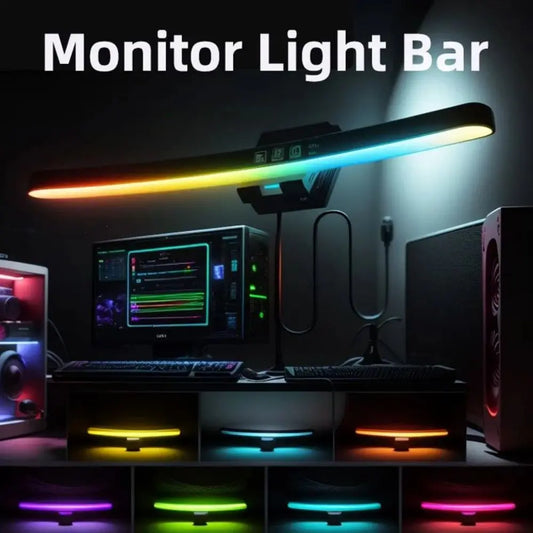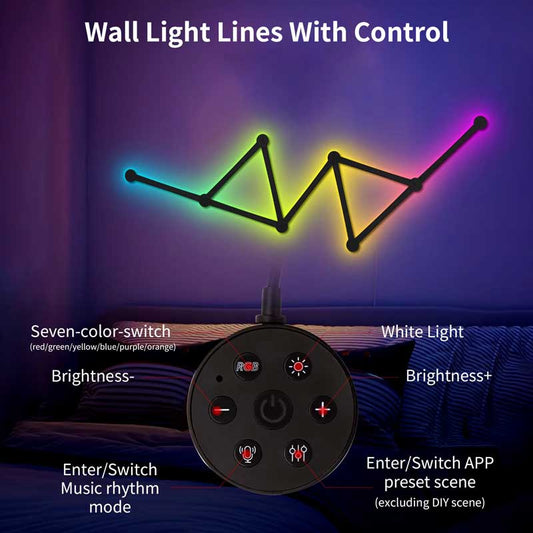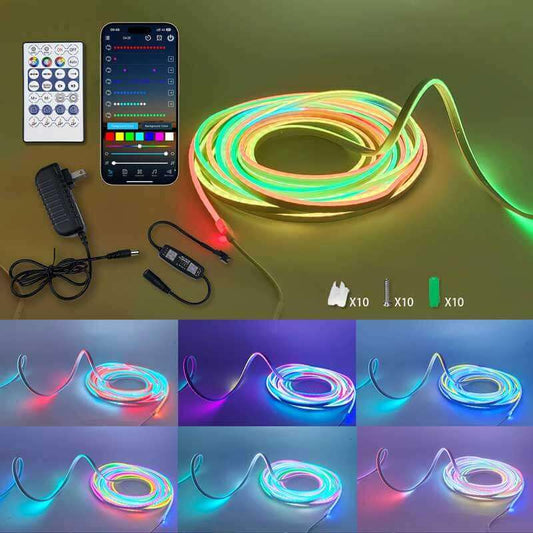What types of motion sensors are best for outdoor use?
Share
When selecting motion sensors for outdoor use, it's important to choose models that are specifically designed to withstand the elements and provide reliable performance in outdoor environments. Here are some common types of motion sensors that are well-suited for outdoor use:
-
Passive Infrared (PIR) Sensors:
- Best For: PIR sensors are commonly used for outdoor motion sensor lights. They detect infrared radiation emitted by objects in their field of view.
- Advantages: Cost-effective, energy-efficient, and suitable for detecting human and animal motion.
- Considerations: May be affected by temperature changes and can sometimes trigger false alarms due to moving foliage or small animals.
-
Microwave Sensors:
- Best For: Microwave sensors emit continuous waves and detect changes in frequency caused by moving objects.
- Advantages: Effective at detecting motion through walls and other obstacles, less prone to false alarms triggered by environmental factors like wind or animals.
- Considerations: More expensive than PIR sensors, may require professional installation, and can be affected by interference.
-
Ultrasonic Sensors:
- Best For: Ultrasonic sensors emit high-frequency sound waves and detect changes in the reflected waves caused by moving objects.
- Advantages: Can detect motion in a wider area and are less affected by temperature changes.
- Considerations: Vulnerable to false triggers from wind or other environmental factors, may not be as common for outdoor use as PIR or microwave sensors.
-
Dual Technology Sensors:
- Best For: Dual technology sensors combine two different technologies (e.g., PIR and microwave) to reduce false alarms and improve detection accuracy.
- Advantages: Enhanced reliability by requiring both sensors to trigger before activating the lights.
- Considerations: More costly than single-technology sensors, may require more complex installation and setup.
-
Smart Motion Sensors:
- Best For: Smart motion sensors that connect to a smart home system or hub for advanced control and automation features.
- Advantages: Remote monitoring and control, integration with other smart devices, customizable settings.
- Considerations: May require a compatible smart home system for full functionality, potentially higher cost compared to traditional sensors.
When choosing motion sensors for outdoor use, consider factors such as the specific outdoor environment, the range of detection needed, the desired level of sensitivity, and any potential sources of interference. Opt for weatherproof and durable models that can withstand exposure to elements like rain, snow, and sunlight for reliable performance over time.




